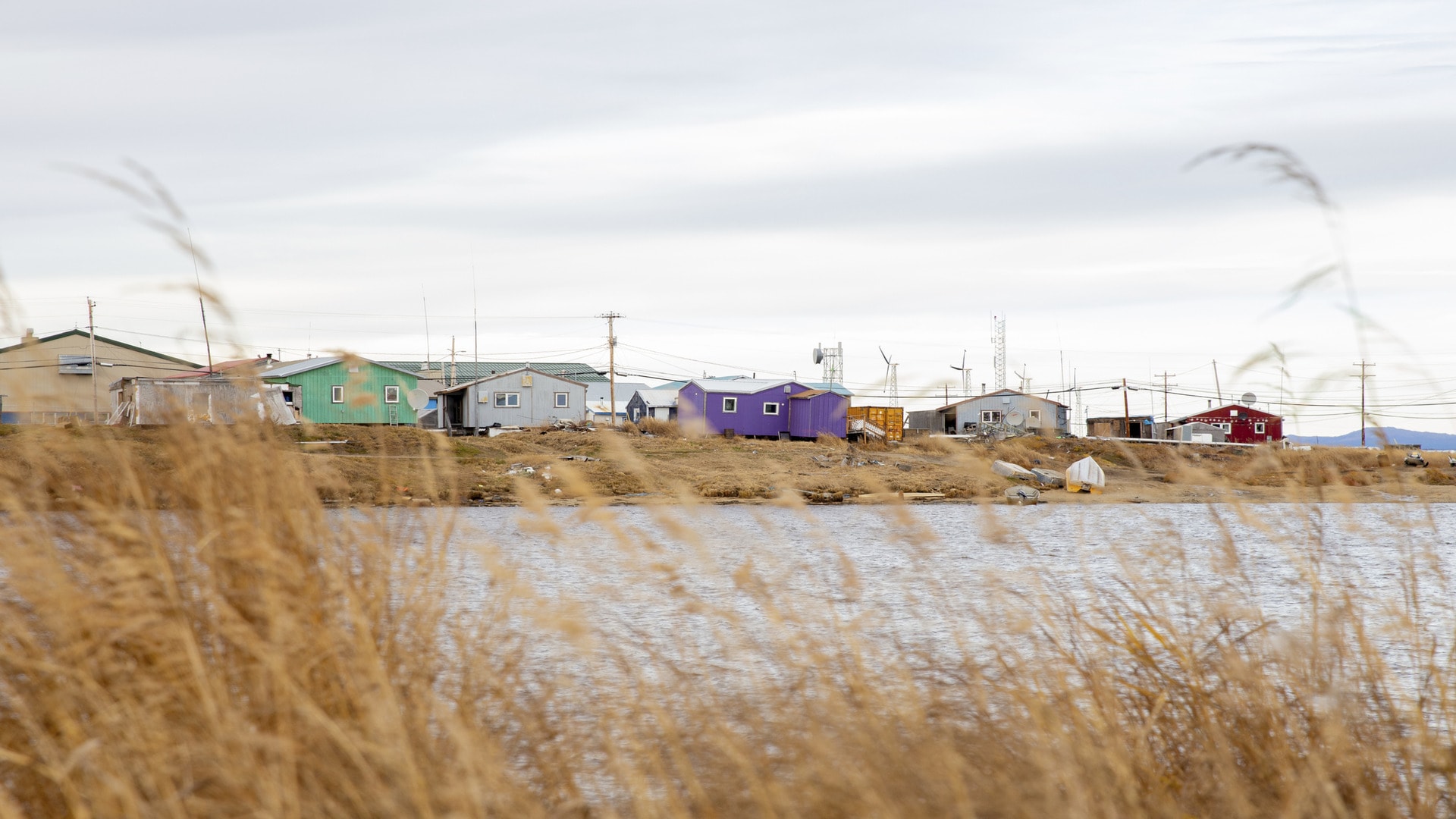Key points
- For half a century, AIP has worked to fight disease threats and improve the health of the people of Alaska and other Arctic and sub-Arctic regions.
- Successful public health projects can make a difference in the lives of families and people in all communities.

Preventing severe infections in children

Historically, Alaska Native children have been disproportionally affected by severe bacterial infections. These infections can affect the brain, lungs, and blood stream leading to meningitis, pneumonia, and bloodstream sepsis. The infections are caused by Haemophilus influenzae type B and pneumococcus bacteria. Laboratory-based surveillance by AIP showed rates of these infections among Alaska Native children to be close to the highest worldwide—up to 10 times higher than rates among non-Alaska Native children.
After the introduction of effective childhood vaccines, AIP researchers documented a more than a 95% decline in these vaccine-preventable disease cases. However, AIP surveillance also detected the emergence of bacteria that were not covered by the vaccine. In 2009, AIP researchers introduced a more effective vaccine in rural Alaska. Today, with routine use of these vaccines, infection rates are lower than they have ever been, and the disparity in illness between Alaska Natives and other state residents has been substantially reduced.
Improving sanitation in rural Alaska
Approximately one in every 16 Alaska households lacks running water and sanitation services. In some rural areas, the number is much higher. These conditions make handwashing, bathing, cleaning, and cooking practices a challenge. AIP studies showed that running water and sanitation in homes prevent the spread of infectious diseases like bloodstream infections, pneumonia, and skin infections. This work resulted in policy changes at the US Department of Agriculture that have made it easier to get water and sewer grants, which can help to provide more homes with running water.
Alaska Area Specimen Bank
The AIP laboratory maintains the Alaska Area Specimen Bank, a repository of more than 400,000 human samples. These samples are taken from people as part of public health programs in Alaska. This collection has proven to be a critical asset for improving the health of Alaskans.
For example, stored samples from patients with liver cancer due to hepatitis B infection were used to validate the use of a simple blood test to routinely screen patients for early cancer detection. These efforts have markedly improved the survival of people with this form of cancer, especially those living in rural and remote areas with limited access to healthcare.
